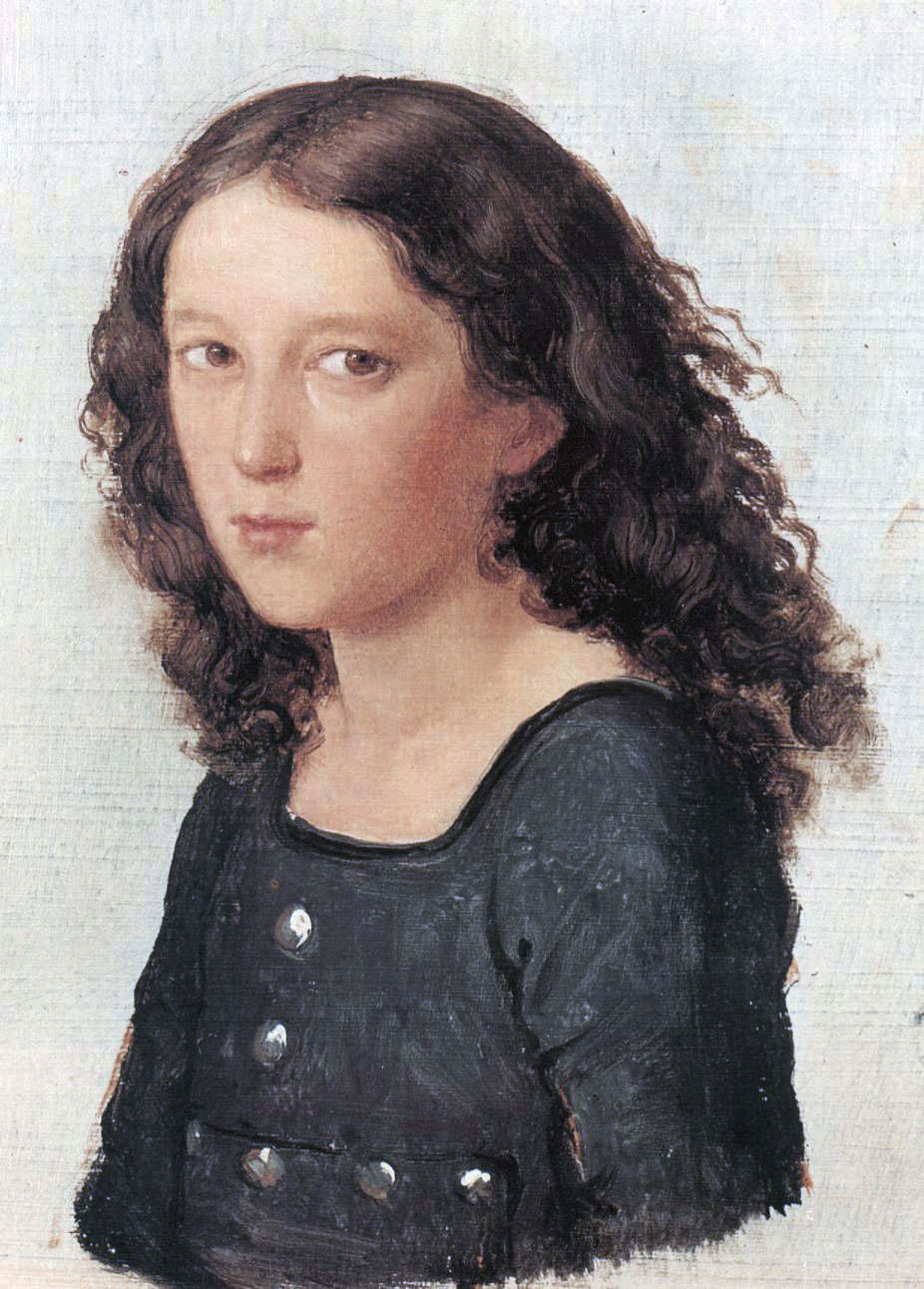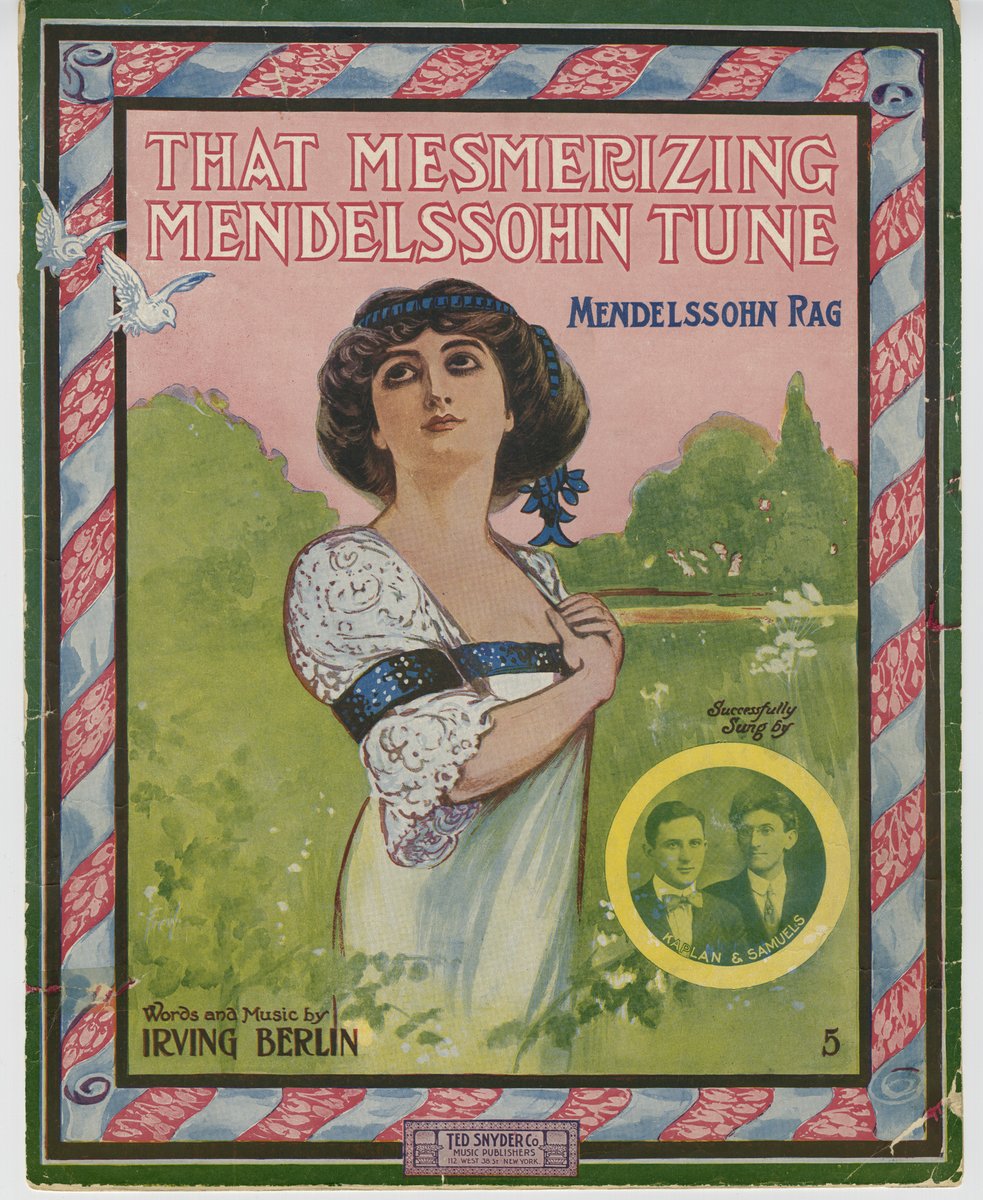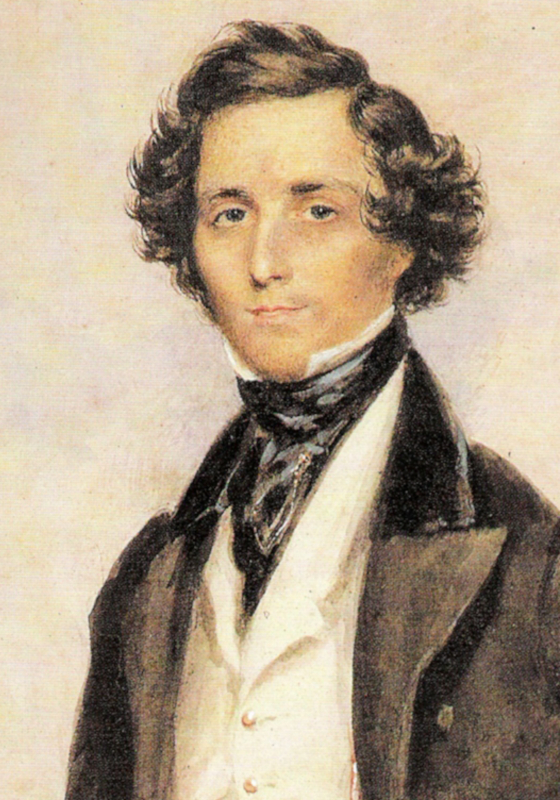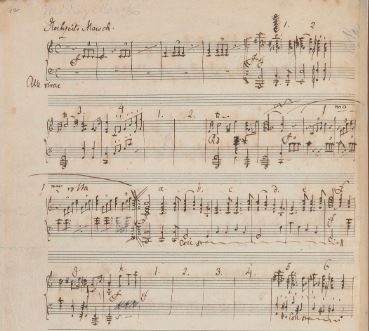|
Mendelssohn
Jakob Ludwig Felix Mendelssohn Bartholdy (3 February 18094 November 1847), born and widely known as Felix Mendelssohn, was a German composer, pianist, organist and conductor of the early Romantic music, Romantic period. Mendelssohn's compositions include symphony, symphonies, concertos, piano music, Organ (music), organ music and chamber music. His best-known works include the Overture#Concert overture, overture and incidental music for ''A Midsummer Night's Dream (Mendelssohn), A Midsummer Night's Dream'' (which includes his "Wedding March (Mendelssohn), Wedding March"), the ''Symphony No. 4 (Mendelssohn), Italian Symphony'', the ''Symphony No. 3 (Mendelssohn), Scottish Symphony'', the oratorio ''St. Paul (oratorio), St. Paul'', the oratorio ''Elijah (oratorio), Elijah'', the overture ''The Hebrides (overture), The Hebrides'', the mature Violin Concerto (Mendelssohn), Violin Concerto and the Octet (Mendelssohn), String Octet. The melody for the Christmas carol "Hark! The Herald ... [...More Info...] [...Related Items...] OR: [Wikipedia] [Google] [Baidu] |
Felix Mendelssohn Bartholdy
Jakob Ludwig Felix Mendelssohn Bartholdy (3 February 18094 November 1847), born and widely known as Felix Mendelssohn, was a German composer, pianist, organist and conductor of the early Romantic period. Mendelssohn's compositions include symphonies, concertos, piano music, organ music and chamber music. His best-known works include the overture and incidental music for ''A Midsummer Night's Dream'' (which includes his "Wedding March"), the '' Italian Symphony'', the '' Scottish Symphony'', the oratorio ''St. Paul'', the oratorio ''Elijah'', the overture ''The Hebrides'', the mature Violin Concerto and the String Octet. The melody for the Christmas carol "Hark! The Herald Angels Sing" is also his. Mendelssohn's ''Songs Without Words'' are his most famous solo piano compositions. Mendelssohn's grandfather was the renowned Jewish philosopher Moses Mendelssohn, but Felix was initially raised without religion. He was baptised at the age of seven, becoming a Reformed Christian. ... [...More Info...] [...Related Items...] OR: [Wikipedia] [Google] [Baidu] |
Moses Mendelssohn
Moses Mendelssohn (6 September 1729 – 4 January 1786) was a German-Jewish philosopher and theologian. His writings and ideas on Jews and the Jewish religion and identity were a central element in the development of the ''Haskalah'', or 'Jewish Enlightenment' of the eighteenth and nineteenth centuries. Born to a poor Jewish family in Dessau, Principality of Anhalt, and originally destined for a rabbinical career, Mendelssohn educated himself in German thought and literature. Through his writings on philosophy and religion he came to be regarded as a leading cultural figure of his time by both Christian and Jewish inhabitants of German-speaking Europe and beyond. His involvement in the Berlin textile industry formed the foundation of his family's wealth. His descendants include the composers Fanny and Felix Mendelssohn; Felix's son, chemist Paul Mendelssohn Bartholdy; Fanny's grandsons, Paul and Kurt Hensel; and the founders of the Mendelssohn & Co. banking house. Life ... [...More Info...] [...Related Items...] OR: [Wikipedia] [Google] [Baidu] |
Fanny Mendelssohn
Fanny Mendelssohn (14 November 1805 – 14 May 1847) was a German composer and pianist of the early Romantic era who was also known as Fanny (Cäcilie) Mendelssohn Bartholdy and, after her marriage, Fanny Hensel (as well as Fanny Mendelssohn Hensel). Her compositions include a piano trio, a piano quartet, an orchestral overture, four cantatas, more than 125 pieces for the piano, and over 250 lieder, most of which went unpublished in her lifetime. Although praised for her piano technique, she rarely gave public performances outside her family circle. She grew up in Berlin and received a thorough musical education from teachers including her mother, as well as the composers Ludwig Berger and Carl Friedrich Zelter. Her younger brother Felix Mendelssohn, also a composer and pianist, shared the same education and the two developed a close relationship. Due to her family's reservations, and to social conventions of the time about the roles of women, six of her songs were published ... [...More Info...] [...Related Items...] OR: [Wikipedia] [Google] [Baidu] |
Violin Concerto (Mendelssohn)
Felix Mendelssohn's Violin Concerto in E minor, Op. 64, is his last concerto. Well received at its premiere, it has remained among the most prominent and highly-regarded violin concertos. It holds a central place in the violin repertoire and has developed a reputation as an essential concerto for all aspiring concert violinists to master, and usually one of the first Romantic era concertos they learn.Mendelssohn, F. ''Violin Concerto in E minor, Op. 64'', Dover Miniature Scores (1999) A typical performance lasts just under half an hour. Mendelssohn originally proposed the idea of the violin concerto to Ferdinand David, a close friend and then concertmaster of the Leipzig Gewandhaus Orchestra. Although conceived in 1838, the work took another six years to complete and was not premiered until 1845. During this time, Mendelssohn maintained a regular correspondence with David, who gave him many suggestions. The work itself was one of the foremost violin concertos of the Romantic era ... [...More Info...] [...Related Items...] OR: [Wikipedia] [Google] [Baidu] |
Songs Without Words
''Songs Without Words'' (') is a series of short lyrical piano works by the Romantic composer Felix Mendelssohn written between 1829 and 1845. His sister, Fanny Mendelssohn, and other composers also wrote pieces in the same genre. Music The eight volumes of ''Songs Without Words'', each consisting of six songs (), were written at various points throughout Mendelssohn's life and published separately. The piano became increasingly popular in Europe during the early nineteenth century, when it became a standard item in many middle-class households. The pieces are within the grasp of pianists of various abilities and this undoubtedly contributed to their popularity. This great popularity has caused many critics to under-rate their musical value. The first volume was published by Novello in London (1832) as ''Original Melodies for the Pianoforte'', but the later volumes used the title ''Songs Without Words''. The works were part of the Romantic tradition of writing short lyric ... [...More Info...] [...Related Items...] OR: [Wikipedia] [Google] [Baidu] |
A Midsummer Night's Dream (Mendelssohn)
At two separate times, Felix Mendelssohn composed music for William Shakespeare's play ''A Midsummer Night's Dream'' (in German ''Ein Sommernachtstraum''). First in 1826, near the start of his career, he wrote a concert overture ( Op. 21). Later, in 1842, only a few years before his death, he wrote incidental music (Op. 61) for a production of the play, into which he incorporated the existing overture. The incidental music includes the famous "Wedding March". Overture The overture in E major, Op. 21, was written by Mendelssohn at 17 years and 6 months old (it was finished on 6 August 1826).''Grove's Dictionary of Music and Musicians'', 5th ed., 1954 Contemporary music scholar George Grove called it "the greatest marvel of early maturity that the world has ever seen in music". It was written as a concert overture, not associated with any performance of the play. The overture was written after Mendelssohn had read a German translation of the play in 1826. The translation was by A ... [...More Info...] [...Related Items...] OR: [Wikipedia] [Google] [Baidu] |
Elijah (oratorio)
''Elijah'' (german: Elias), Op. 70, MWV A 25, is an oratorio by Felix Mendelssohn depicting events in the life of the Prophet Elijah as told in the books 1 Kings and 2 Kings of the Old Testament. It premiered on 26 August 1846. Music and its style This piece was composed in the spirit of Mendelssohn's Baroque predecessors Bach and Handel, whose music he greatly admired. In 1829 Mendelssohn had organized the first performance of Bach's '' St Matthew Passion'' since the composer's death and was instrumental in bringing this and other Bach works to widespread popularity. By contrast, Handel's oratorios never went out of fashion in England. Mendelssohn prepared a scholarly edition of some of Handel's oratorios for publication in London. ''Elijah'' is modelled on the oratorios of these two Baroque masters; however, in its lyricism and use of orchestral and choral colour the style clearly reflects Mendelssohn's own genius as an early Romantic composer. The work is scored for eigh ... [...More Info...] [...Related Items...] OR: [Wikipedia] [Google] [Baidu] |
The Hebrides (overture)
''The Hebrides'' (; german: Die Hebriden) is a concert overture that was composed by Felix Mendelssohn in 1830, revised in 1832, and published the next year as Mendelssohn's Op. 26. Some consider it an early tone poem. It was inspired by one of Mendelssohn's trips to the British Isles, specifically an 1829 excursion to the Scottish island of Staffa, with its basalt sea cave known as Fingal's Cave. It was reported that the composer immediately jotted down the opening theme for his composition after seeing the island. He at first called the work ''To the Lonely Island'' or ''Zur einsamen Insel'', but then settled on the present title. However, in 1834, the year after the first publication, Breitkopf & Härtel issued an edition with the name ''Fingalshöhle'' (Fingal's Cave) and this title stuck, causing some confusion. Being a concert overture, ''The Hebrides'' does not precede a play or opera, but is instead a standalone composition in a form common for the Romantic period. Dedi ... [...More Info...] [...Related Items...] OR: [Wikipedia] [Google] [Baidu] |
Chamber Music
Chamber music is a form of classical music that is composed for a small group of instruments—traditionally a group that could fit in a palace chamber or a large room. Most broadly, it includes any art music that is performed by a small number of performers, with one performer to a part (in contrast to orchestral music, in which each string part is played by a number of performers). However, by convention, it usually does not include solo instrument performances. Because of its intimate nature, chamber music has been described as "the music of friends". For more than 100 years, chamber music was played primarily by amateur musicians in their homes, and even today, when chamber music performance has migrated from the home to the concert hall, many musicians, amateur and professional, still play chamber music for their own pleasure. Playing chamber music requires special skills, both musical and social, that differ from the skills required for playing solo or symphonic works. ... [...More Info...] [...Related Items...] OR: [Wikipedia] [Google] [Baidu] |
Octet (Mendelssohn)
The String Octet in E-flat major, Op. 20, was written by the 16-year-old Felix Mendelssohn during the fall of 1825 and completed on October 15. Written for four violins, two violas, and two cellos, this work created a new chamber music genre. Conrad Wilson summarizes much of its reception ever since: "Its youthful verve, brilliance and perfection make it one of the miracles of nineteenth-century music." This was one of the first works of Mendelssohn to be very well-received. Background Mendelssohn wrote his octet and gave a signed score to his friend and violin teacher as a birthday present. Rietz copied parts from the score to use for the premiere. The string octet was a fairly new genre of chamber music at the time, the most widely known genre of chamber music still being the string quartet. The genre was rapidly gaining popularity among other composers. When Mendelssohn composed his octet, it was a rather new genre, and he may have been inspired by Louis Spohr's Double Quarte ... [...More Info...] [...Related Items...] OR: [Wikipedia] [Google] [Baidu] |
Easter Sonata
The ''Easter Sonata'' () is a piano sonata in the key of A major, composed by Fanny Mendelssohn. It was lost for 150 years and when found attributed to her brother Felix, before finally being recognized as hers. It premiered in her name on 7 September 2012, played by Andrea Lam. It received a second performance by Sofya Gulyak on 8 March 2017 for BBC Radio 3. It was the second sonata composed by Fanny Mendelssohn and was completed in 1828. During most of her lifetime, Fanny Mendelssohn's works remained unpublished. A few were published under her brother's name, with her knowledge and consent. The ''Easter Sonata'' was not published, but is mentioned as her work in her diary and letters written to her family members in 1829. The manuscript, which is signed "F. Mendelssohn", was found in France in 1970 and the piece was recorded for the first time in 1972 by Éric Heidsieck, attributed to Felix Mendelssohn. Some musicologists suggested that the piece might be by Fanny Mendelssohn, ... [...More Info...] [...Related Items...] OR: [Wikipedia] [Google] [Baidu] |
Wedding March (Mendelssohn)
Felix Mendelssohn's "Wedding March" in C major, written in 1842, is one of the best known of the pieces from his suite of incidental music (Op. 61) to Shakespeare's play ''A Midsummer Night's Dream''. It is one of the most frequently used wedding marches, generally being played on a church pipe organ. At weddings in many Western countries, this piece is commonly used as a recessional, though frequently stripped of its episodes in this context. It is frequently teamed with the "Bridal Chorus" from Richard Wagner's opera ''Lohengrin'', or with Jeremiah Clarke's "Prince of Denmark's March", both of which are often played for the entry of the bride. The first known instance of Mendelssohn's "Wedding March" being used at a wedding was when Dorothy Carew wed Tom Daniel at St Peter's Church, Tiverton, England, on 2 June 1847 when it was performed by organist Samuel Reay. However, it did not become popular at weddings until it was selected by Victoria, The Princess Royal for he ... [...More Info...] [...Related Items...] OR: [Wikipedia] [Google] [Baidu] |







_-_WGA00311.jpg)



